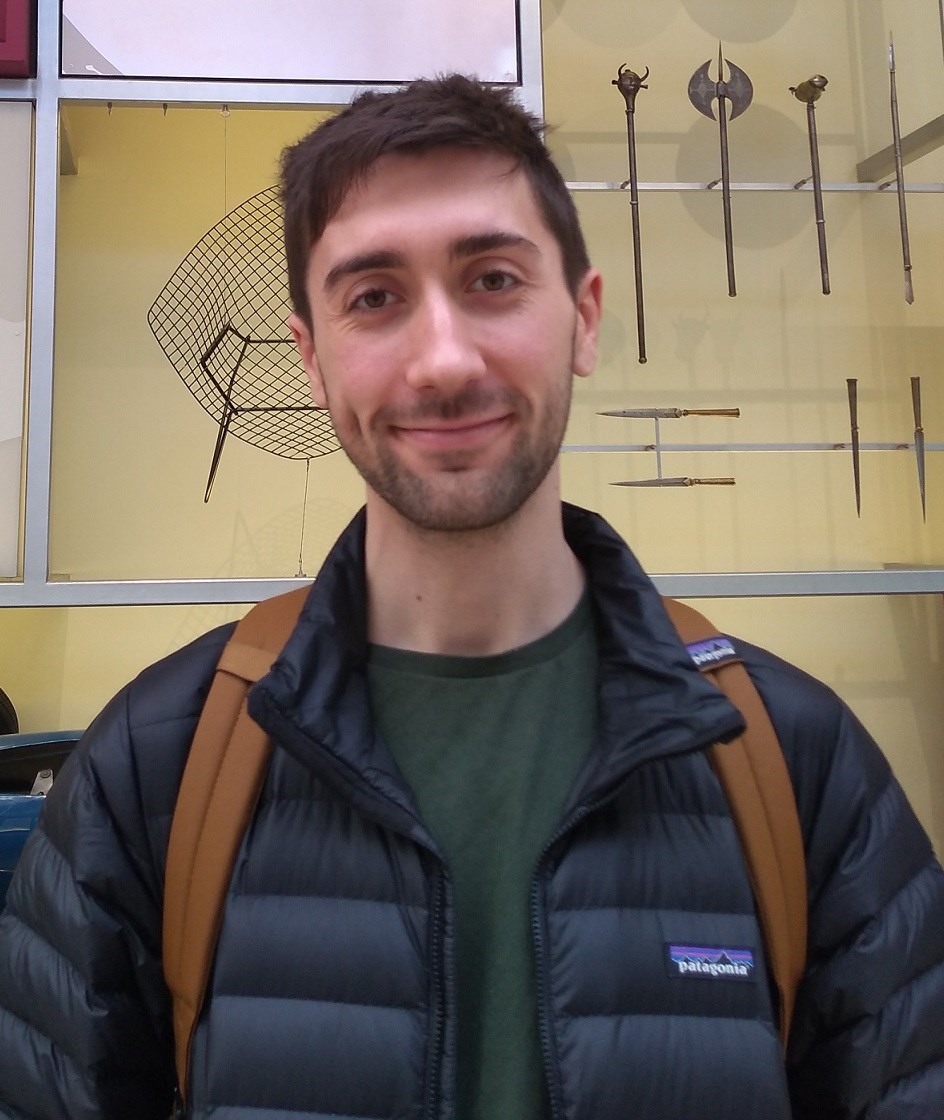Counterfeit goods do not only involve luxury goods, but they do extend to personal identification (eg ID cards and passports), cigarettes, banknotes and pharmaceuticals, by affecting national economies and governments and by strongly undermining the health and safety of the citizens. Thus, new and advanced anti-counterfeiting technology solutions are needed. Advanced materials offer new avenues for the development of anti-counterfeiting technologies based on their unique properties. Graphene - a single layer of graphite, discovered in 2004 - is currently being explored for a wide range of applications, spanning from composite to electronics and from energy to biological applications. Graphene, however, is not the only 2-dimensional (2D) material available to us: there are hundreds of layered materials that can be chemically exfoliated to single or few-atomic layers. These include Layered-hydroxides, 2D Metallic-Organic Frameworks, and MXenes, to name a few. In addition, 2D materials can also be produced by bottom-up approaches, based on wet-chemistry. Thus, we have a wide range of solution-processed 2D materials, each showing different properties, depending on their chemical composition, thickness and size. Thus, an identification tag can be built by using unique features associated to an individual 2D crystal or by integrating different 2D crystals, each providing an identification feature. The aim of this project is to bring together expertise in 2D materials production and characterisation to exploit these materials as identification tags for anti-counterfeiting technology solutions. In contrast to previous works [eg Yameng Cao et al 2017 2D Mater. 4 045021], the identification tag will be based on individual 2D nanosheets, produced in solution, and integrated in the products by using simple and low cost techniques, such as drop casting and ink-jet printing. This would allow to easily and directly integrate the identification tag in the product to identify (eg on each cigarette, not only on the packaging). The main goal of this project is to identify, amongst all possible 2D crystals, the most suitable materials to be used as identification tag. The ideal nanomaterial must have a characteristic property (eg emission of light; optical contrast; Raman fingerprint, size and shape, etc), must be produced in high yield and with low cost techniques and should be dispersed in non-toxic solvents. In addition, the security and design features of these tags should be detected by using simple and low-cost methods, such as a camera or an optical microscope, which can allow customers and shops to easily identify the good. A wide range of 2D materials, already produced in the group or commercially available (eg graphene, graphene oxide, layered hydroxides, 2D MOFs, etc) will be investigated. The identification tags, based on the selected materials, will be then tested under different environmental conditions. Encapsulation solutions will also be explored.
Cinzia Casiraghi is Professor in Nanoscience at the School of Chemistry, University of Manchester. Currently her group is composed of 3 Postdocs and 10 PhD students. She has world leading expertise in the production and characterisation of water-based 2D material formulations. Cinzia is affiliated to the National Graphene Institute and she is board member of the Centre for Doctoral Training in sciences and applications of graphene and related 2D materials. She received the Kovaleska Award in 2008 (€ 1.6M), the Marlow Award in 2014 (£2K) and the Leverhulme Award (£100k) in 2016.

I graduated with a Masters (MChem Chemistry) from The University of Southampton in 2019. During my studies I spent a year working in industry at Merck Performance Materials (Chilworth, Southampton) where I worked on the research and development of polysiloxane based thin-film transistor (TFT) passivation layers. I have since joined the Casiraghi group at The University of Manchester as a PhD Student to undertake research into the synthesis and characterization of solution-based 2D-materials with the intent of using 2D-crystals as identification tags as a means to prevent counterfeiting.